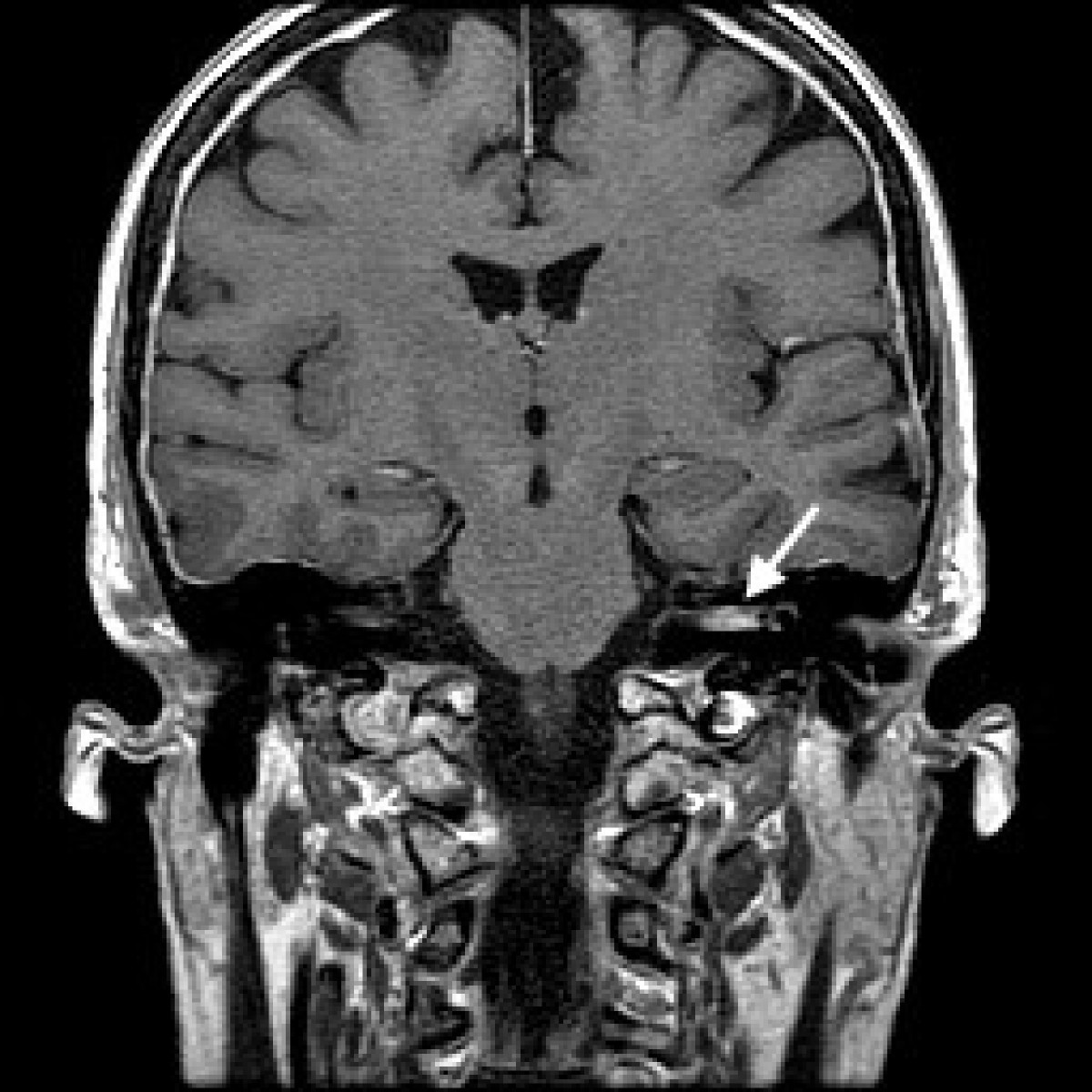

Examples: ear infection, hearing loss, dizziness Otology and Neurotology: Diseases of the ear, including injury, cancer, and nerve pathway disorders, which can affect the ear and balance.Examples: sore throat, hoarseness, swallowing disorder Laryngology: Disorders of the throat, including voice and swallowing problems.Examples: lump in the neck or thyroid, cancer of the voice box Head and Neck: Cancerous and noncancerous tumors in the head and neck, including the thyroid and parathyroid.Examples: deviated septum, rhinoplasty, cleft palate Facial Plastic and Reconstructive Surgery: Cosmetic, functional, and reconstructive surgical plastic treatment of abnormalities of the face and neck.Examples: hay fever, seasonal and perennial rhinitis Allergy: Treatment by medication, immunotherapy (allergy shots) and/or avoidance of pollen, dust, mold, food, and other sensitivities that affect the ear, nose, and throat.Radiologists should be familiar to these imaging features, thereby providing appropriate intervention and proper genetic counselling. When the imaging features suggest corkscrew cochlea, it is important to also look for malformations in the hypothalamus. Incomplete partition type III, also referred to as X-linked non-syndromic deafness, is a rare genetic inner ear malformation, however, the diagnosis can be established with typical imaging features as described. Although long term audiological benefits haven’t been studied yet due to its rare occurrence. Literature suggests that cochlear implantation is a suitable option for treatment of patients with IP-III with use of circumferential stimulator electrode devices. This rare genetic anomaly also shows characteristic hypothalamic malformations associated with it, ranging from thickened and moderately dysmorphic appearance of hypothalamus to hamartoma-like enlargement identified on MRI. Patients also show hypoplasia at the cochlear base or enlargement of the cochlear nerve canal and thinning of the otic capsule. However, modiolus is absent with absent bony partition between the fundus of the internal acoustic meatus and the basal turn of the cochlea. In these subjects, external dimensions of the cochlea are usually preserved and inter-scalar septae are present. MR and CT imaging help to identify the inner ear malformations which can be utilised for diagnosis and selection of treatment plan.ĭiagnosis of Incomplete partition type III (IP-III) can be achieved by imaging due to the pathognomonic appearance of the otic capsule on MRI and CT. Vestibular function may be impaired in affected patients.Īudiologic findings are extremely variable, however, progressive severe to profound mixed sensorineural hearing loss appears to be the most frequently encountered. Patients present with hearing loss which can be progressive and is predominantly sensorineural with or without conductive hearing loss. The diagnosis is made primarily on the basis of imaging due to its pathognomonic imaging features of inner ear and hypothalamic malformations. It is associated with mixed conductive and sensorineural hearing loss. POU3F4 (also known as Brn-4) encodes a DNA transcription factor involved in the development of the nervous system, hypothalamus, pituitary gland, and inner ear and may explain the coexistence of hypothalamic and inner ear malformations. Incomplete partition type III (IP-III) is an X-linked non-syndromic deafness (OMIM entry: #304400), also known as DFNX2, is a genetic disease with X-linked mode of inheritance due to a mutation in POU3F4 gene (POU domain, class 3, transcription factor 4), located on chromosome Xq21.


 0 kommentar(er)
0 kommentar(er)
